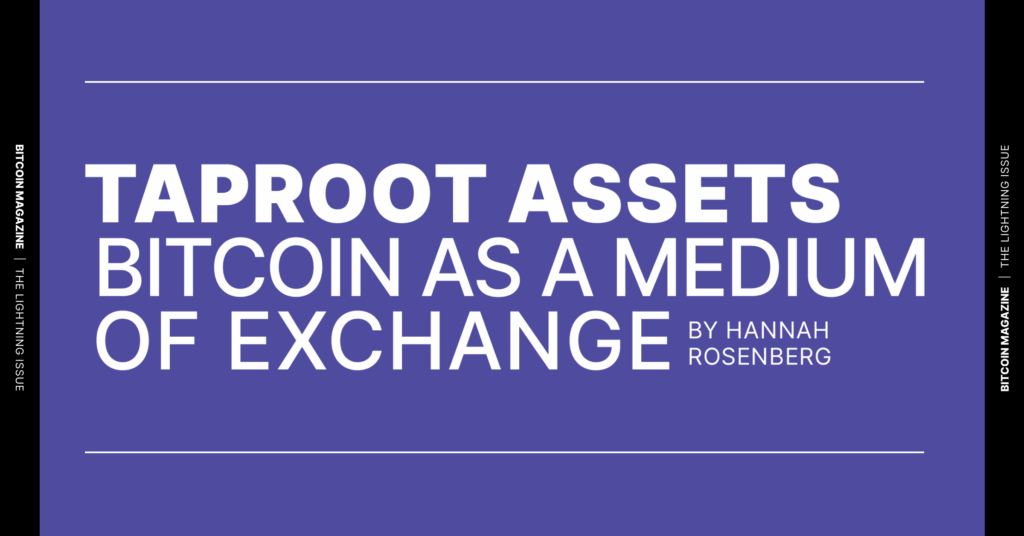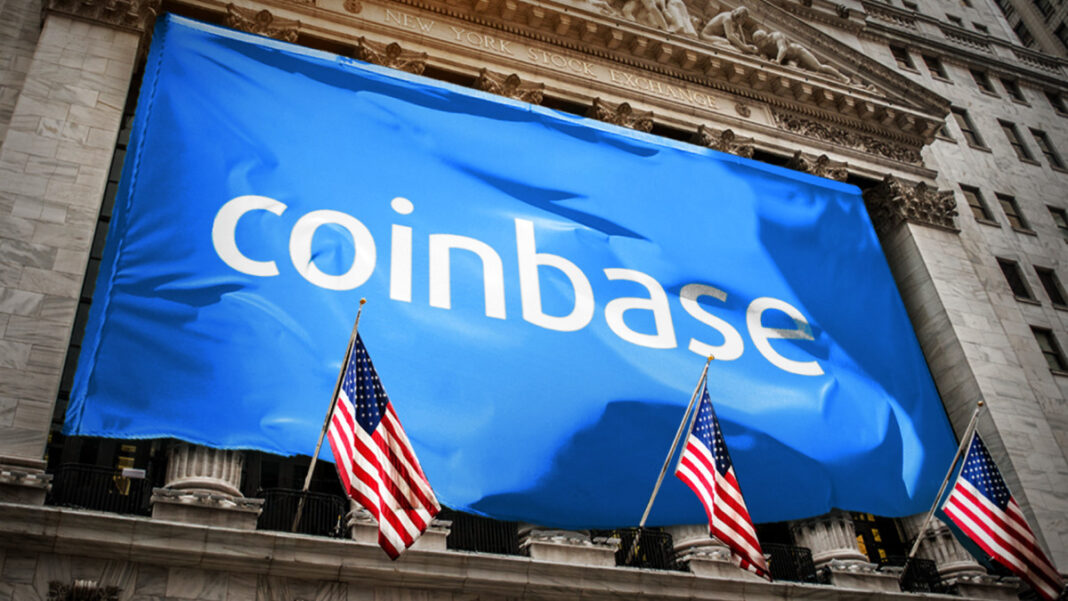Market Pulse
October 22, 2025 – Ethereum, the bedrock of decentralized finance and countless dApps, continues its relentless evolution with the recent activation of the Fusaka upgrade. This pivotal network enhancement introduces two groundbreaking features: a per-transaction gas limit cap and, more significantly, the long-awaited parallel execution of transactions. These innovations are poised to dramatically reshape the user experience, address persistent scalability concerns, and unlock new possibilities for decentralized applications on the world’s leading smart contract platform.
The Genesis of Fusaka: Addressing Scalability Head-On
For years, Ethereum’s success has been tempered by its inherent scalability bottlenecks, often leading to exorbitant gas fees and slow transaction confirmations during periods of high network congestion. While previous upgrades like Dencun and Cancun laid crucial groundwork, Fusaka represents a significant leap forward in tackling these issues directly at the execution layer. The Ethereum Foundation and core developers have meticulously engineered this upgrade to alleviate pressure on the network, promising a more efficient and user-friendly ecosystem.
Per-Transaction Gas Limit Cap Explained
One of Fusaka’s user-centric features is the introduction of a per-transaction gas limit cap. Historically, users risked unpredictable and potentially runaway gas costs for complex smart contract interactions. This new cap provides a hard upper bound on the gas that any single transaction can consume, offering unprecedented cost predictability and protection against coding errors or malicious contract designs that could otherwise drain user funds. This makes interacting with dApps safer and more transparent for the average user.
- Predictable Costs: Users know the maximum gas they’ll pay upfront.
- Risk Mitigation: Prevents unexpectedly high fees from complex or flawed smart contracts.
- Enhanced User Confidence: Reduces anxiety associated with transaction submissions.
Unleashing Parallel Execution: A Quantum Leap in Throughput
Perhaps the most transformative aspect of Fusaka is the implementation of true parallel execution. Until now, the Ethereum Virtual Machine (EVM) processed transactions sequentially, one after another. This linear processing was a fundamental constraint on throughput. With parallel execution, the EVM can now process multiple independent transactions or computational tasks concurrently, provided they don’t share conflicting state. This paradigm shift vastly increases the network’s processing capacity without compromising security or decentralization.
- Increased Transaction Throughput: Significantly more transactions can be processed per second.
- Reduced Latency: Faster confirmation times for users and dApps.
- Improved Resource Utilization: Better leverage of validator hardware, leading to a more efficient network.
Implications for Developers and DApps
The implications of Fusaka for developers are profound. With lower, more predictable gas costs and higher transaction throughput, a new generation of sophisticated and resource-intensive dApps can thrive. Gaming, complex DeFi protocols, and decentralized social networks that were previously economically unfeasible due to high gas fees can now be built and scaled more effectively. Developers will find it easier to design applications with richer feature sets, confident that the underlying network can support them.
Conclusion
The Ethereum Fusaka upgrade marks a critical milestone in the network’s journey towards mass adoption. By directly addressing the twin challenges of unpredictable gas fees and limited throughput through a per-transaction gas cap and parallel execution, Ethereum reinforces its position as the premier platform for decentralized innovation. While full integration and optimization by dApps will take time, the foundation for a faster, more affordable, and more robust Ethereum has now been firmly laid, promising an exciting future for the entire ecosystem.
Pros (Bullish Points)
- Significantly increased transaction throughput and reduced latency due to parallel execution.
- Enhanced user experience with predictable gas costs and protection against runaway transaction fees.
Cons (Bearish Points)
- Full benefits require dApp developers to optimize their contracts for parallel execution, which may take time.
- Initial implementation and monitoring for unforeseen edge cases or bugs are always a concern with major network upgrades.
Frequently Asked Questions
What is the primary goal of the Ethereum Fusaka upgrade?
The primary goal is to significantly improve Ethereum's scalability and user experience by introducing a per-transaction gas limit cap and enabling parallel execution of transactions.
How does the per-transaction gas limit cap benefit users?
It provides users with predictable maximum costs for transactions, preventing unexpectedly high fees and protecting against potential smart contract errors that could lead to excessive gas consumption.
What is parallel execution and why is it important for Ethereum?
Parallel execution allows the Ethereum Virtual Machine (EVM) to process multiple independent transactions simultaneously. This dramatically increases the network's transaction throughput and reduces confirmation times, making the network faster and more efficient.




